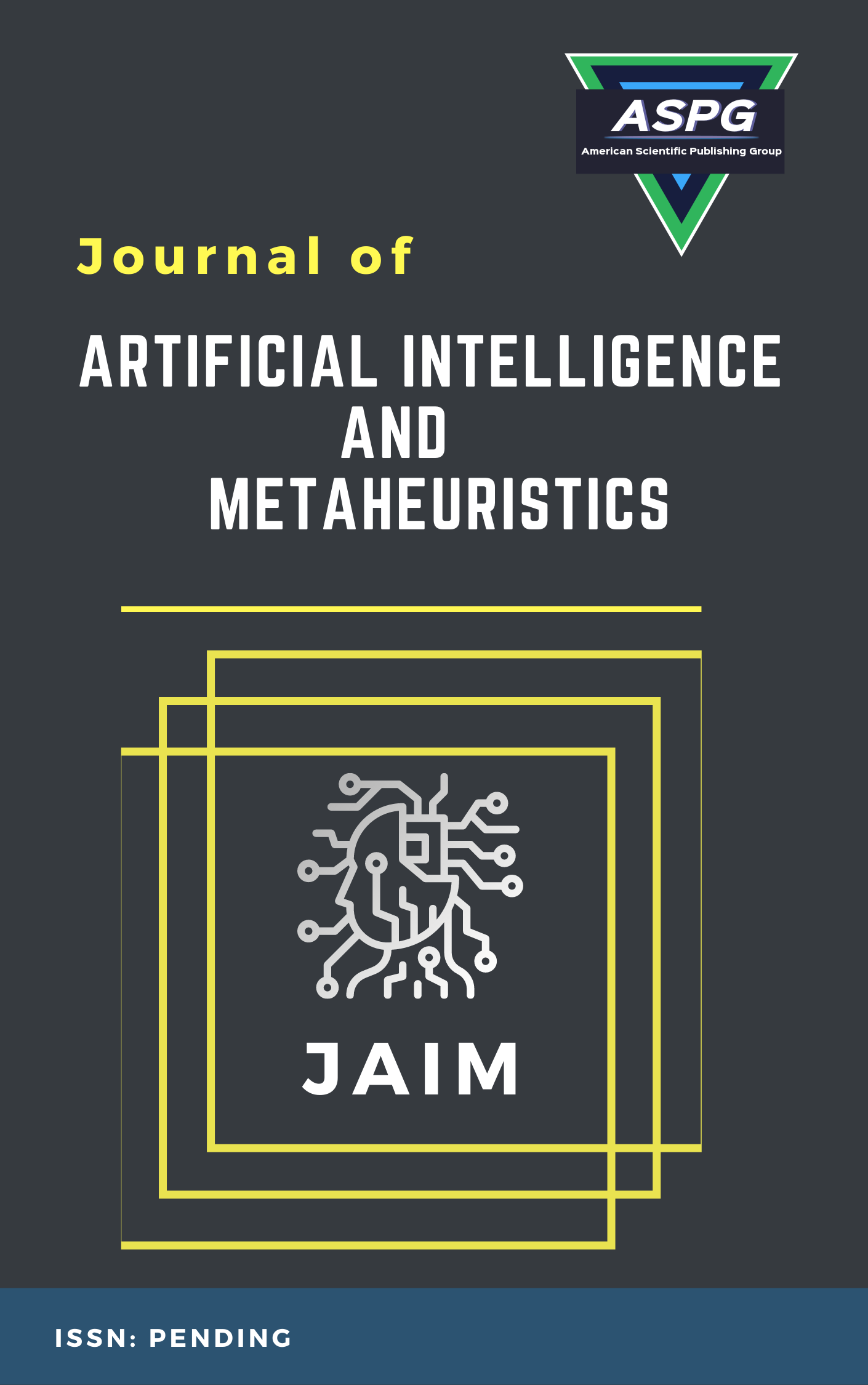

Volume 1 , Issue 2 , PP: 31-41, 2022 | Cite this article as | XML | Html | PDF | Full Length Article
Abdelaziz A. Abdelhamid 1 *
Doi: https://doi.org/10.54216/JAIM.010204
Identifying the talented university students plays an important role in higher education. Special curriculum can be developed for these students as an outcome from the identification process. This curriculum can be compacted, clustered, and accelerated to match and exploit students’ abilities. Current methods for identifying talented students are based on simple identification test in the form of a questionnaire, which is developed for specific age. However, this method of identification cannot cover all aspects of student abilities and inaccurate as it not an iterative process. In this paper, a machine learning approach is proposed for identifying talented students based on their academic performance, which is evaluated repeatedly through their study. In this approach, we measure a set of features representing student abilities, then cluster them based on their features similarity. The proposed approach is applied on a set of 100 university students and shows promising results in identifying the talented group. To emphasize their talent, this group is guided to participate in national competitions that match their abilities, and they could achieve significant ranks.
Talented student , Academic abilities , Intelligent Agent , Machine Learning.
[1] Imison, K., The Acceptance of Difference, Report on the review of gifted and talented education
in Queenslands state school, Education Queensland, 2001..
[2] Renzulli, J.S. & Smith, L., Two approaches to identification of gifted students. Exceptional
Children, 43(8), pp. 512–518, 1977.
[3] Education Queensland Report,AModel for Curriculum Provisions for Gifted Education and
Talent Development, Education Queensland, 2000.
[4] Department of Education and Arts, Framework for Gifted Education, Queensland Government,
2004.
[5] Renzulli, J.S., The identification and development of giftedness as a paradigm for school reform.
Journal of Science Education and Technology, 9(2), pp. 95–114, 2000.
[6] Gardner, H., Intelligence Reframed: Multiple Intelligences for the 21st Century, Basic Books:
New York, 2000.
[7] Clark, B., Growing Up Gifted: Developing the Potential of Children at Home and at School,
Prentice Hall: New York, 2001.
[8] Quinlan, J.R., C4.5: Programs for Machine Learning, Morgan Kaufmann: San Mateo, CA, 1993.
[9] Chen, M.S., Park, J.S. & Yu, P.S., Data mining for path traversal patterns in a web environment.
Proc. of the 16th Int. Conf. on Distributed Computing Systems, 1996.
[10] Kosala, R. & Blockeel, H.,Web mining research: a survey. SIGKDD Explorations, 2(1), pp. 1–
15, 2000.
[11] Almeida, L.S., Prieto, L.P., Ferrando, M., Oliveira, E. & Ferrándiz, C. (2008). Torrance test of
creative thinking: The question of its construct validity. Thinking Skills and Creativity, 3,1, 53-
58.
[12] Bélanger, J. & Gagné, F. (2006) Estimating the size of the gifted/talented population from
multiple identification criteria. Journal for the Education of the Gifted, 30(2), 131-163.
[13] Brown, S.W., Renzulli, J.S., Gubbins, E.J., Siegle, D., Zang, W. & Chen, C-H. (2005).
Assumptions underlying the identification of gifted and talented students. Gifted Child
Quarterly, 49 (1), 68-79.
[14] Callahan, C. M., Tomlinson, C. A., Hunsaker, S. L., Bland, L. C., & Moon, T. (1995).
Instruments and evaluation design used in gifted programs. (RM 95132). Storrs, CT: The
National Research Center on the Gifted and Talented, University of Connecticut
[15] Davis, G.S, Rimm, S.B., & Siegle, D. (2011). Education of the gifted and talented (6 th Ed).
New York: Pearson. Educational Planning and Research Division. (2008). Education in
Malaysia: a journey to Excellence. Putrajaya: Ministry of Education.
[16] Gagné, F. (2010). Motivation within the DMGT 2.0 framework. High Ability Studies, 21(2), 81-
99
[17] Goodhew, G. (2009). Meeting the needs of gifted and talented students. London: Continuum
International Publishing Group.
[18] Han, K. S., & Marvin, C. (2000). A five year follow-up study of the Nebraska Project. Roeper
Review, 23 (1) ,25-33.
[19] McBee, M. (2010). Examining the probability of identification for gifted programs for students
in Georgia Elementary Schools: A multilevel path analysis study. Gifted Child Quarterly, 54,
283-297.
[20] Noriah, M. I., Rosadah, A.M., & Siti Fatimah, M.Y. (2009). PERMATApintar: Pengalaman
UKM, (In Malay), Bangi: Universiti Kebangsaan Malaysia
[21] Peters, S.J., & Gentry, M (2010). Multigroup construct validity evidence of the HOPE scale:
Instrumentation to identity low-income elementary students for gifted programs. Gifted Child
[22] Quarterly, 54, 298-313.
[23] Piirto, J. (1999). Talented children and adults; their development and education. 2nd. Ed. Ohio:
Merrill Prentice Hall
[24] Purcell, J. H., & Eckert, R.D. (2006). Designing services and programs for high-ability learners.
Thousand Oaks: Corwin Press.
[25] Putallaz, M., Baldwin, J. & Selph, H. (2005). The Center for Talented Youth talent search and
academic programs. High Ability Studies, 16, 41-54Siti Fatimah Mohd Yassin et al. / Procedia -
Social and Behavioral Sciences 55 ( 2012 ) 585 – 593
[26] Renzulli, J.S. (2002). A practical system for identifying gifted and talented students. In Renzulli,
J. S., Smith, L. H., White, A. l.,
[27] Callahan, C. M., Hartman, R. K.,& Westberg, K. L. Scales for rating the behavioral
characteristics of superior students: Revised edition. Technical and Administration Manual. .(pp
46-54). Mansfield Center: Creative Learning Press.
[28] Rigby, K. (2005). „Rocky Mountain Talent Search‟ at the University of Denver. High Ability
Studies, 16 (1), 71-75.